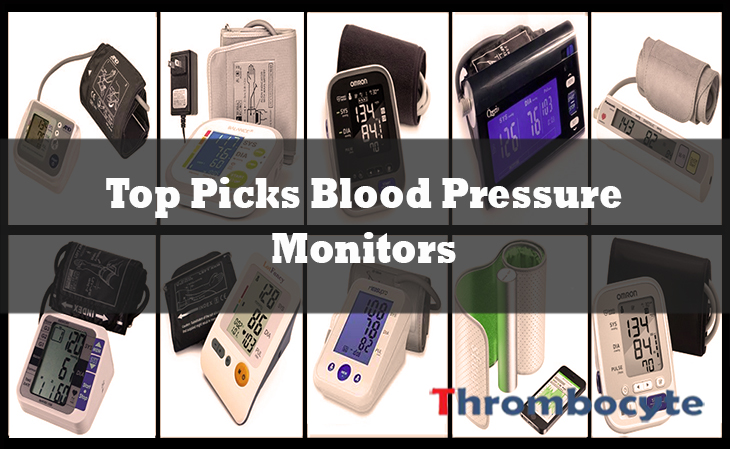
A Negative Blood Type (A-) 1. Rare Blood Type It is very important to maintain sufficient supply of this blood type for it is rare. The A negative blood type is only present in about 1 out of 16 individuals. This means a few number with approximately 6.6% of the population has A negative blood. … Continue reading “10 A Negative Blood Type Facts”

A Positive Blood Type (A+) 1. The Second Most Common Blood Type The A positive blood type is actually the second most common blood type. This blood type is present in 1 out of 3 individuals. This means approximately 35.7% of the population has an A positive blood. However, not all of the ethnic groups … Continue reading “10 A Positive Blood Type Facts”

O Negative Blood Type (O-) 1. Universal Red Cell Donor and Rare Blood Type The O negative blood type is particularly helpful in emergency situations. With O negative blood transfusion, trauma and accident victims are given a chance at life. This blood type is called universal because it can be transfused to almost any patient in … Continue reading “10 O Negative Blood Type Facts”

O Positive Blood Type (O+) 1. Most Common Blood Type The O positive blood type is the most common and incredibly an important donor in maintaining adequate blood supply. It is present in 1 out of 3 individuals. This means approximately 37.4% of the population has O positive blood. However, not all of the ethnic groups … Continue reading “10 O Positive Blood Type Facts”

Complete blood count with differential (CBC) is a collection of blood tests that is performed to identify illnesses such as infections, anemia, leukemia, and other disorders that affects the blood. The test is focused on acquiring multiple health information from a given blood sample. Using CBC, number and components of the blood, including red blood cells (which carry oxygen) and … Continue reading “10 Importance of CBC with Differential/Platelet”






